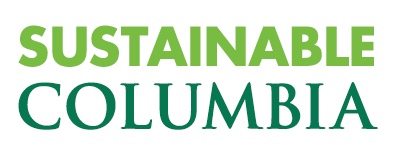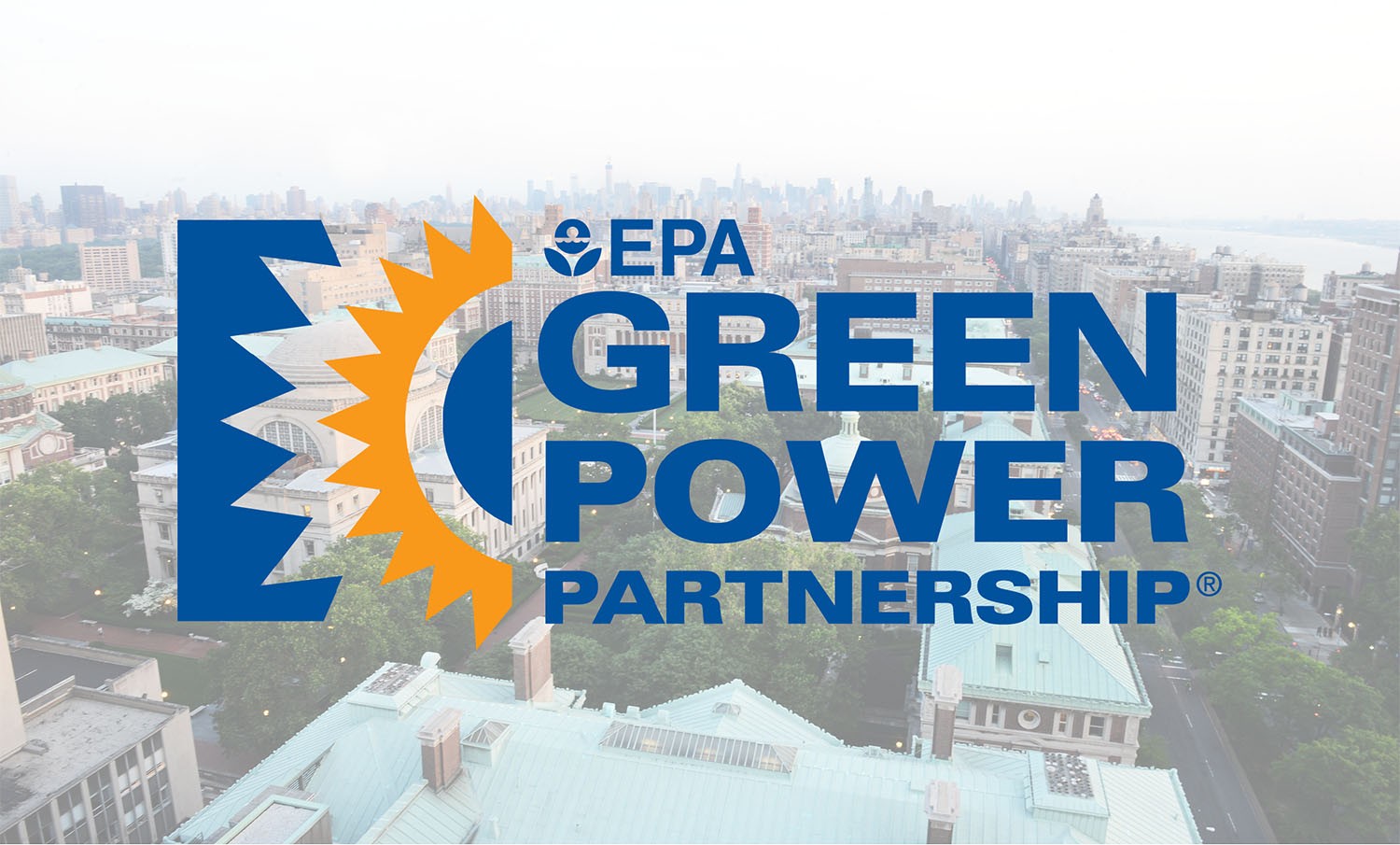The GPP is a voluntary program designed to reduce the environmental impact of electricity generation by promoting renewable energy. Organizations can meet the EPA’s requirements using any combination of three different product options: 1) renewable energy certificates, 2) on-site generation, and 3) utility green power products.
As of January 25, 2021, the combined annual green power use of EPA’s Top 30 College and University Partners amounts to more than 3.6 billion kilowatt-hours of green power, which is equivalent to the annual electricity use of nearly 341,000 average American homes.
Columbia exceeded the goal it set in its 2017 sustainability plan to reduce greenhouse gas (GHG) emissions 35 percent by 2020 over a 2006 baseline – achieving a 41 percent reduction – in part through the purchase of renewable energy certificates (RECs), which helped the University offset 100 percent of emissions from electricity since 2018. Columbia’s new sustainability plan, Plan 2030, will be released on Earth Day and will outline strategies to reach net zero GHG emissions by 2050.
Columbia will meet this goal through the focused application of available and emerging energy efficiency, technology, and supply market options. The University’s action plan for campus energy will follow the carbon management hierarchy, address critical regulatory requirements for campus buildings (i.e. Local Law 97), and exploit clean energy options that emerge in response to New York’s Climate Leadership and Community Protection Act (CLCPA).
Columbia was recently awarded a Gold ranking by The Climate Registry (TCR) for reporting and verifying via a third party its GHG inventory for the fourth year. The University was also recognized in 2020 by the New York State Energy Research and Development Authority (NYSERDA) as a Reforming the Energy Vision (REV) Campus Challenge leader for its efforts in implementing clean energy solutions across its campuses.
About EPA’s Green Power Partnership
EPA's Green Power Partnership (GPP) is a free, voluntary program, helping to increase the use of green power among organizations in the United States as a way to reduce the environmental impacts associated with conventional electricity use. Hundreds of Partner organizations collectively use billions of kilowatt-hours of green power annually.
Partners include a wide variety of leading organizations such as Fortune 500® companies, small and medium sized businesses, local, state, tribal, and federal governments, communities, and colleges and universities.
To be eligible, organizations must use green power at a level that meets or exceeds the partnership benchmark requirements and agree to update EPA on their green power use annually. In exchange, Green Power Partners get recognition and assistance in promoting their green power use.

